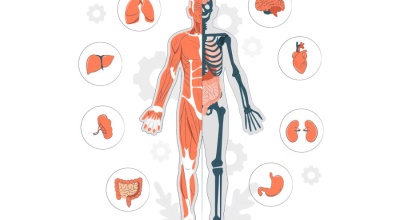Child Passenger Safety: Addressing car seats, booster seats and seat belts. These safety actions confront the greatest cause of preventable deaths and injuries to children in the United States and around the world. Motor vehicle crashes are the number one cause of death among children ages 1 to 19.
Click It or Ticket
Children should ride in a vehicle back seat until they are 13 years old. Each state and U.S. territory has enacted laws governing various driver behaviors, from distracted driving to motorcycle helmet use.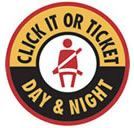
The Ultimate Car Seat Guide




You can get custom car seat safety tips when you enter your child’s name, date of birth and current weight.
Do Not Buy Used Car Seats
Never buy a used car seat from garage sales, flea markets, second-hand stores, or online when you don’t know the previous owner or the complete history of the car seat. Avoid borrowing one from someone you do not know.
A used car seat is unsafe if it has been in a crash or if it is missing parts, labels, or instructions. A car seat is also unsafe if the manufacturer has issued a safety recall and the seat has not been fixed. There is just no way to be sure that a used car seat is safe.
Car Seat Checkup Events
Want to learn how to install your car seat for free? Safe Kids hosts thousands of child passenger safety events across the country. The trained technicians will teach you everything you need to know to make sure your car seat is fitted and installed correctly.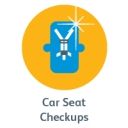
Basic Buying Tip
Types of Car Seats
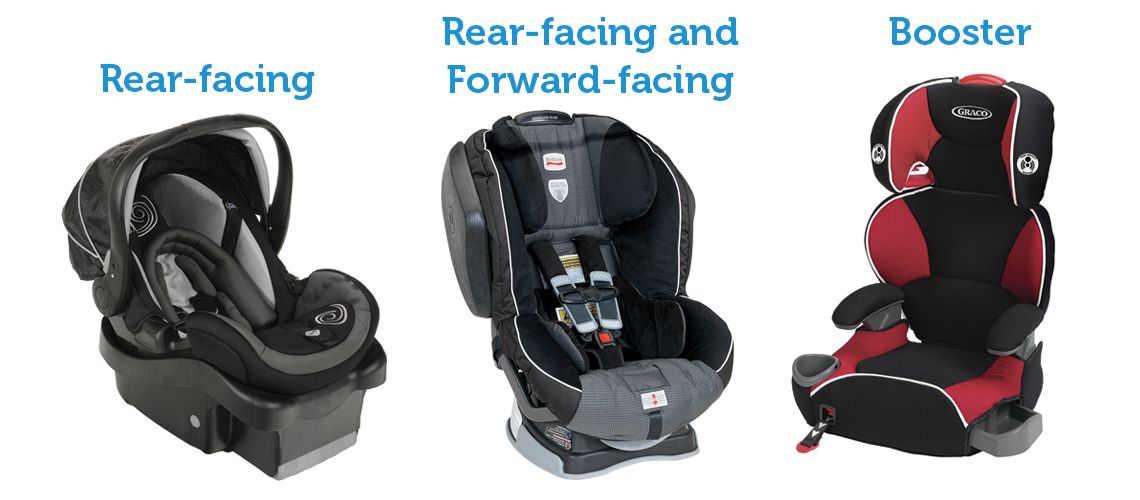
Select the car seat or booster seat that fits your child, fits your car and fits your budget. We will guide you through finding the right car seat and helping you use it correctly.
There are three types of car seats: rear-facing, forward-facing and booster seat.
Even though there are many different models to choose from, all car seats meet the same U.S. federal safety standards.
Car Seat Parts
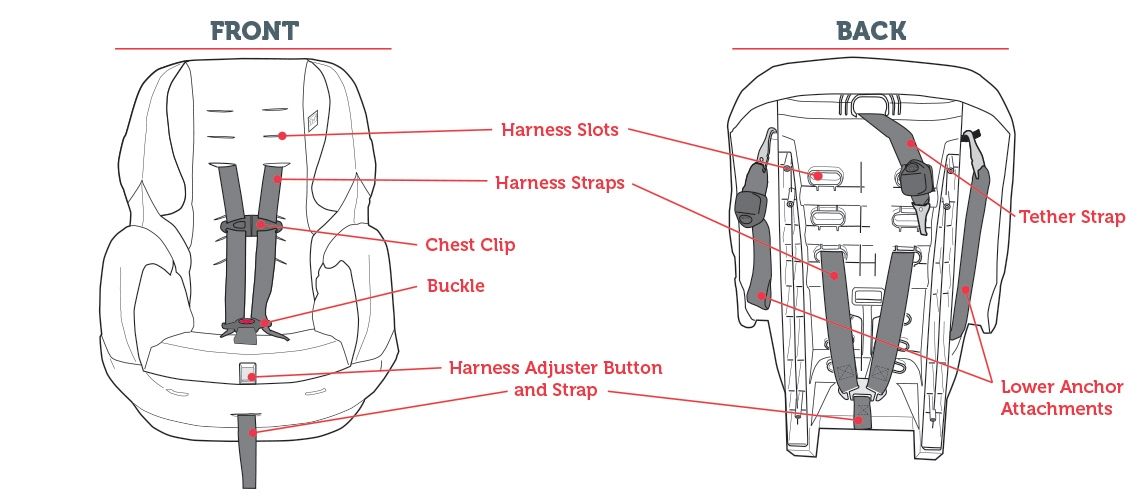
Here are the basic parts of every car seat.
Some car seats also have extra features. Buy a car seat that already comes with the extra features you want. If you add those extra features (called aftermarket products) later, such as padding for the harness straps, they can make your child less safe.
Read the Label
Before you buy, read the labels on the car seat or booster seat. Look for the weight, height, and age limits to make sure the car seat is right for your child.
If you’re buying online, you can find this information in the product description. Look for a section called “specification” or “specs.”
Register Your Seat
Complete and mail the registration card that comes with your car seat or booster seat.
If you register your car seat, the car seat manufacturer can notify you if there is a safety recall. Don’t worry, the information you provide on the registration card cannot be used for marketing or any other purpose except to notify you about a recall.
Information and Resources
Vehicle Safety Facts
- Vehicle safety technologies first introduced in 1956, such as seat belts, air bags and electronic stability control, are responsible for 613,501 lives saved in motor vehicle collisions from 1960 to 2012.
- It is estimated that in 2016 seat belts saved the lives of 14,668 vehicle occupants ages 5 and older, while child restraint systems were responsible for saving another 328 children under age 5.
- When installed and used correctly, child safety seats decrease the risk of a fatal injury by 71 percent among infants, 54 percent among toddlers and 45 percent among children ages 4 to 8.
- Back up cameras on vehicles may reduce the blind zone by an average of 94 percent.
Safe Kids Worldwide is a global organization dedicated to protecting kids from unintentional injuries, the number one cause of death to children in the United States. Throughout the world, 1 million children die of injuries each year.
Teen and Novice Drivers
Graduated Driver Licensing (GDL) programs allow young drivers to safely gain driving experience before obtaining full driving privileges. Most programs include three stages:
- Learner Stage: supervised driving, cumulating with a driving test;
- Intermediate Stage: limiting unsupervised driving in high risk situations; and
- Full Privilege Stage: a standard driver's license.
During the 1990s, many states began enacting GDL laws. The programs and types of restrictions vary from state to state. Below are some highlights:
- Cell Phones/Texting: 38 states and the District of Columbia ban all cell phone use by novice drivers. (See GHSA's Cell Phone laws page for more information.)
- Nighttime Driving Restriction: All states except Vermont restrict nighttime driving during the intermediate stage.
- Passenger Restriction: 46 states and the District of Columbia restrict the number of passengers during the intermediate stage.
- Novice Driver Decal: New Jersey is the only state with a measure requiring those younger than 21 without full-privilege licenses to display a decal on their vehicle identifying them as new drivers.
Countdown2drive
Check out Safe Kids Worldwide Countdown2drive program, which helps you put together a passenger agreement and guidelines for pre-teens and teens that are specially tailored for your family.
Public Downloads
All items are free to view, share, and download.
Public Downloads - Español (Spanish)
When available, we provide all our content with a Spanish version in our public download section. You can find additional material from sources listed in all our articles.
Download Road Safety Activities
Download Car Seat Safety Activities







